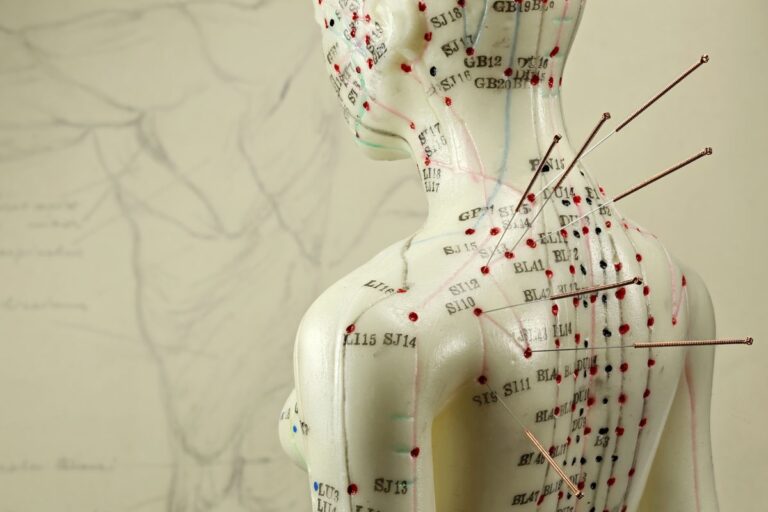Decoding an Ancient Therapy

Wall Street Journal
Acupuncture has long baffled medical experts and no wonder: It holds that an invisible life force called qi (pronounced chee) travels up and down the body in 14 meridians. Illness and pain are due to blockages and imbalances in qi. Inserting thin needles into the body at precise points can unblock the meridians, practitioners believe, and treat everything from arthritis and asthma to anxiety, acne and infertility.
High-Tech Tools Illuminate Acupuncture’s Effectiveness in Treating Arthritis, Back Pain, and Other Ailments
Acupuncture, an ancient Chinese medical practice, has been utilized for thousands of years to treat various ailments such as arthritis, back pain, and other chronic conditions. While many people swear by its effectiveness, skeptics have questioned how acupuncture actually works. However, recent advancements in high-tech tools have shed light on the science behind this traditional therapy, providing evidence of its efficacy.
According to a Wall Street Journal video, technological breakthroughs in medical imaging, such as functional magnetic resonance imaging (fMRI) and ultrasound, have made it possible for researchers to observe the physiological changes that occur during acupuncture treatment. These cutting-edge tools have allowed scientists to gain a deeper understanding of the mechanisms through which acupuncture alleviates pain and discomfort.
One study highlighted in the video utilized fMRI technology to examine the brain activity of patients receiving acupuncture treatment for carpal tunnel syndrome. The results revealed that acupuncture significantly reduced pain and inflammation by stimulating specific areas of the brain associated with pain perception. This groundbreaking research provided tangible evidence of acupuncture’s effect on the central nervous system, offering a scientific explanation for the relief experienced by patients.
Similarly, another study examined the impact of acupuncture on arthritis sufferers. Using ultrasound imaging, researchers observed increased blood flow and reduced inflammation in the affected joints following acupuncture treatment. These findings indicate that acupuncture not only alleviates pain but also promotes healing by improving circulation and reducing inflammation at the source of the problem.
In addition to these studies, the video also addressed the importance of proper needle placement in achieving optimal results. Skilled practitioners are able to target precise acupuncture points, ensuring that the treatment is both safe and effective. As more research emerges, the scientific community is beginning to recognize the value of acupuncture as a complementary therapy for various conditions, including chronic pain management.




